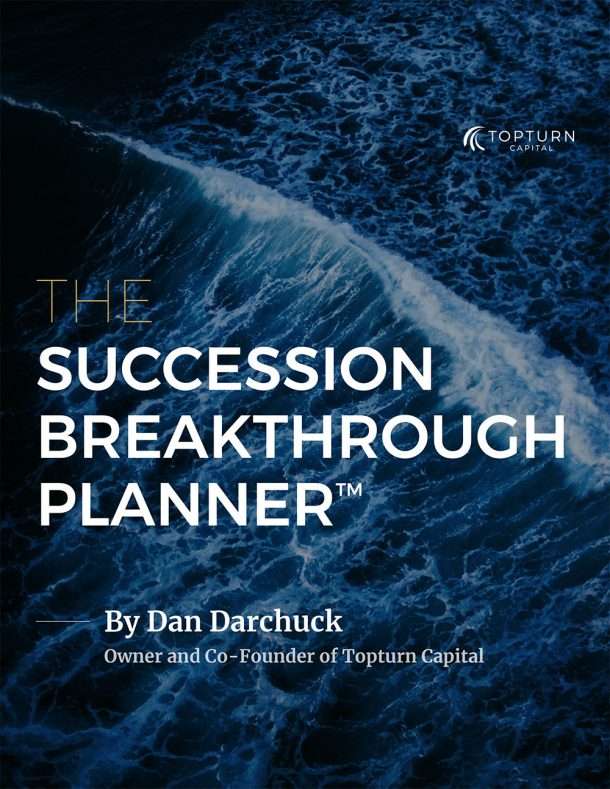I recently took a cruise to Mexico with family and friends. It was a great experience; spending time with the kids, and relaxing with fewer worries than usual. On the last night of the cruise, a friend pulled me aside to talk, “just for half an hour.” We ended up deep in conversation for most of the night. My friend is getting to the point where he is ready to retire. He’s been crunching numbers, and the markets are weighing heavily on his mind. He made a comment that speaks volumes, and one you’ll likely hear tossed around at your social events as well:
“Studies have shown that diversification hasn’t really been helpful over the last few years, so why wouldn’t I just have everything in the S&P 500?”
His comment is correct – if you are looking back over the last seven years. During that period, diversification hasn’t really been useful. The correlations between U.S. markets and developed foreign markets are high. The correlations between high yield bonds and stocks have also been high. So, where have investors been offered the diversification they want or expect?
My friend is taking an earnest approach, looking at the traditional advice he has been given about having a balanced, diversified portfolio, and comparing this against the returns of the S&P 500. The fact is, the short-term results haven’t given him confidence in the diversification advice he’s received over the years.
Last year, the performance of the U.S. large cap equity market was impressive, with gains around 13% – a very healthy return. By contrast, U.S. small caps were only up 5% last year, and international stocks and emerging markets were down around 4%. Bonds did better than most of the other non-U.S. large cap asset classes, with appreciation of around 6% last year. If you had a balanced portfolio, you probably only netted – after fees – a return of around 6.5%.
With these facts before you, why wouldn’t you invest all of your money in the S&P – why even bother with all of these other asset classes?
In a word: volatility.
As a portfolio becomes too narrowly focused, volatility becomes a huge concern. Recently, we’ve had below-normal volatility in the S&P, which is why it’s looked so great. If it reverts to the norm, we can expect a great deal more volatility, and that will make people uncomfortable. Discomfort leads to emotional reactions, which translates into mistakes, and mistakes lead to poor results.
The desire to go “all in” to the best-performing asset classes flies in the face of true investing wisdom. Remember, finding opportunities is the goal, and opportunities generally exist in the areas that are not doing the very best right now.
Wayne Gretzky is often referred to as the greatest hockey player the world has ever seen. He wasn’t the biggest, he wasn’t the strongest, and he wasn’t the fastest. How did he become the greatest? To quote him directly:
“A good hockey player plays where the puck is. A great hockey player plays where the the puck is going to be.”
We know where the puck has been in the markets. U.S. stocks are currently overvalued. Why would it make sense to throw all of your investment capital into a market that has reached a level from which it may be very difficult to derive attractive returns going forward?
The harsh reality is that if my friend fails to consider correlation, he probably won’t be diversified in a way that will mitigate risk. Given his looming retirement plans, he should have real concern about the fact that he will need to start drawing from his portfolio in the short term, and he won’t have the time to wait around a decade or two for a particular investment to recover if things go south.
As they say in Mexico, “Adios.”
The enlightened move? Take a hard look at other asset classes that aren’t correlated with domestic stocks and bonds. It’s important to derive returns from different sources. Ask questions, find out where these different returns could come from, and what changes could be made to asset allocation that will reduce volatility and provide access to those different types of returns.
Instead of looking backwards to where advantages used to be, look forward to where the next 5 to 7 years will take us. Consider different asset classes, consider different strategies; consider the next wave of opportunity that is coming.
Engage in a thoughtful process, start the conversation. Look forward – and skate to where the puck will land next.
– Greg Stewart, CIO


